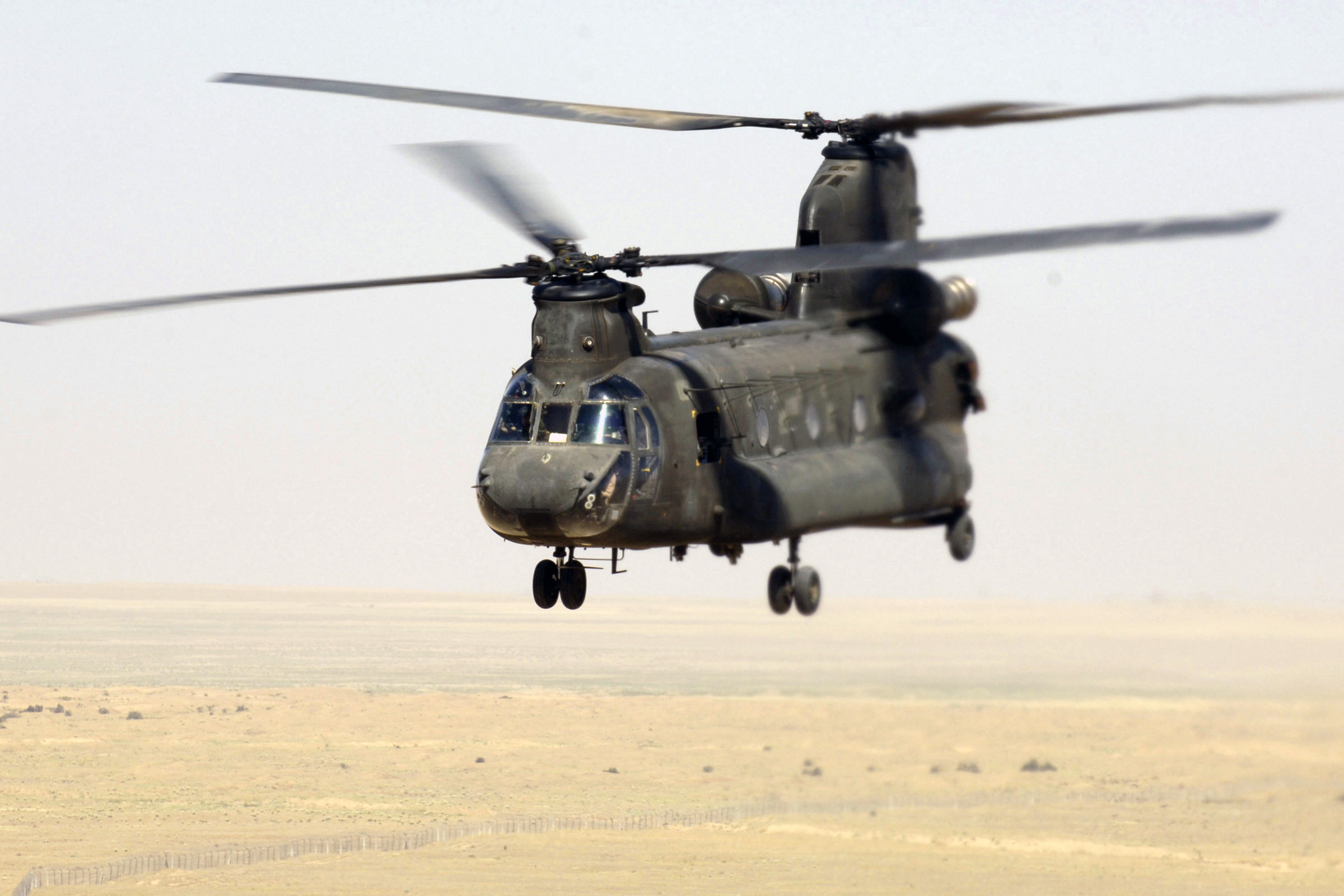
No one knows how many Yazidis are trapped by Islamic militants in the Sinjar mountain range in northwestern Iraq. Some estimate they total 35,000. And there are questions about whether or not a land corridor can be cleared to rescue them—or adequate landing zones found for an airborne exodus before they die for lack of food and water.
But there are no doubts about one point: the U.S. military is the best-outfitted and trained force in the world capable of leading such an effort. That’s why the U.S. military dispatched 130 more advisers to northern Iraq on Tuesday to draft just such a plan.
The refugees’ plight—many have been in the mountains for a week or more—is now the U.S. military’s most urgent task.
The U.S. military faces two key problems in trying to accomplish the mission. The first is President Obama’s pledge that there will be no U.S. “boots on the ground” inside Iraq. “This is not a combat boots on the ground kind of operation,” Defense Secretary Chuck Hagel told Marines at Camp Pendleton, Calif., on Tuesday. “Short of that, there are some things that we can continue to do—and we are doing.”
Without U.S. boots on the ground, that means any land-rescue effort would probably require at least some non-U.S. military ground forces to keep the forces of the Islamic State of Iraq and Syria (ISIS) away from the rescue operation while it takes place. U.S. airstrikes in recent days have kept ISIS forces at bay, but a massive rescue operation is likely to require ground forces.
But allies won’t go where the U.S. fears to tread, which means only local troops—the Iraqi army or the Kurdish Peshmerga forces—will be available. The Iraqi army collapsed when ISIS stormed Mosul in June, and there is little evidence it has improved since. The Peshmerga are a more likely candidate, but their small arms can’t defeat the U.S.-supplied armor and artillery that ISIS units captured from Iraqi forces in recent months.
Plus, mounting a land-rescue operation may take more time than the stranded Yazidi have. They are being kept alive by airdrops of food and water by the U.S. and other nations. Continuing reports and video footage of dying civilians are likely to compel the Obama Administration to seek a faster rescue option, which would be by air. The U.S. would seek help from other nations in carrying out the risky endeavor.
Once again, such an operation would require allied ground forces to ensure the security of pickup zones, and to help suppress ISIS’s limited, but lethal, anti-aircraft capability.
Britain said Tuesday it was dispatching several CH-47 Chinook helicopters to the region, and the U.S. is expected to follow suit. The distinctive twin-rotor choppers have a range of 450 miles, and some models can carry up to 55 people. But with up to 35,000 refugees needing to be rescued, that adds up to a lot of flights over a lot of days.
More Must-Reads From TIME
- The 100 Most Influential People of 2024
- Coco Gauff Is Playing for Herself Now
- Scenes From Pro-Palestinian Encampments Across U.S. Universities
- 6 Compliments That Land Every Time
- If You're Dating Right Now , You're Brave: Column
- The AI That Could Heal a Divided Internet
- Fallout Is a Brilliant Model for the Future of Video Game Adaptations
- Want Weekly Recs on What to Watch, Read, and More? Sign Up for Worth Your Time
Contact us at letters@time.com